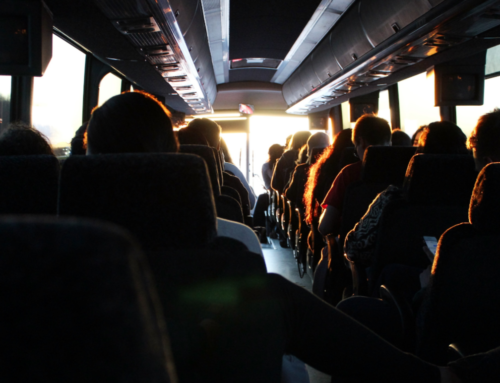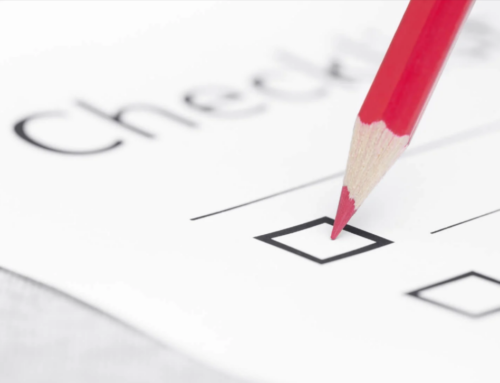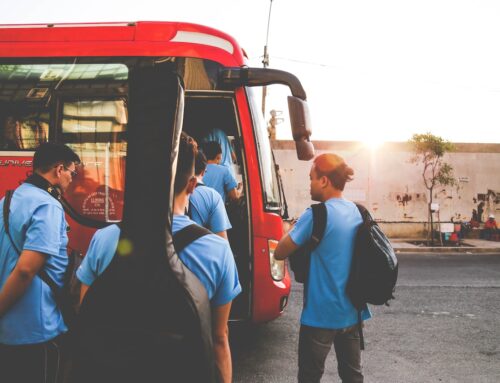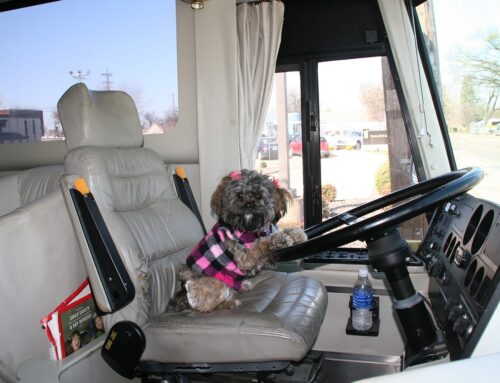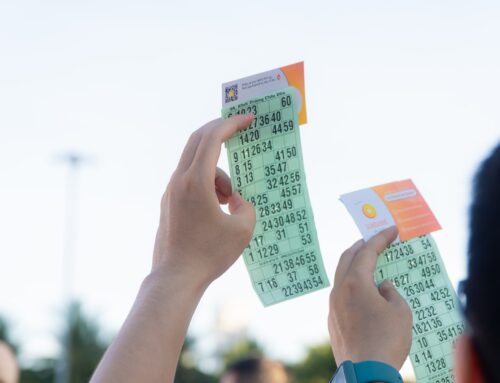Bus Traveling Checklist for Babies and Children
Ensuring the safety of your baby while traveling by bus in Canada is crucial. When traveling by bus with a baby, careful preparation is essential to ensure a safe and comfortable journey.
Here’s a pre-bus travel checklist specifically tailored for traveling with a baby:
- Use an appropriate car seat: Choose a car seat that is suitable for your baby’s age, weight, and height, and make sure it meets Canadian safety standards.
- Install the car seat correctly: Properly install the car seat in the bus following the manufacturer’s instructions and the bus company’s guidelines.
- Check the car seat’s condition: Ensure the car seat is in good condition, free from damage or recalls.
- Secure loose items: Secure any loose items in the bus that could become hazards during sudden stops or turns.
- Pack essentials: Bring necessary supplies like diapers, wipes, blankets, extra clothing, formula, and snacks.
- Medications: Carry any required medications for your baby along with proper dosage instructions.
- Identify emergency exits: Familiarize yourself with the emergency exits on the bus and plan an escape route if needed.
- Carry identification: Ensure you have identification for both yourself and your baby, including contact information
-
Check bus policies: Confirm that the bus company allows infants and familiarize yourself with their specific guidelines and requirements.
- Book your ticket: Reserve a seat for your baby if required, and ensure you have your own ticket as well.
- Pack essential documents: Bring important documents such as your baby’s identification, health cards, and any necessary travel documents.
- Prepare baby’s essentials: Pack diapers, wipes, extra clothing, burp cloths, blankets, bottles, formula or breast milk, pacifiers, and any other necessary items for your baby’s comfort.
- Bring a stroller or carrier: Consider bringing a stroller or baby carrier for convenience during transit and at your destination. Check the bus company’s guidelines for stroller storage.
- Check the weather: Dress your baby appropriately for the weather conditions both at the departure and arrival points.
- Bring comfort items: Bring your baby’s favorite toys, blankets, or comfort items to help keep them calm and entertained.
- Food and snacks: If your baby has started eating solid foods, pack appropriate snacks or meals for the journey.
- Medications and first aid: Carry any necessary medications for your baby, as well as a basic first aid kit.
- Extra bottles or milk: Bring extra bottles or prepared formula or breast milk in case of unexpected delays.
- Diaper changing supplies: Pack a changing pad, diapers, wipes, diaper rash cream, and plastic bags for disposing of soiled diapers.
- Dress in layers: Dress your baby in comfortable and breathable clothing that can be layered according to temperature changes.
- Prepare for motion sickness: If your baby is prone to motion sickness, consult with a pediatrician about appropriate medication or remedies to have on hand.
- Keep baby’s documents accessible: Keep your baby’s identification and health documents easily accessible in case they are needed during the journey.
- Plan for feeding breaks: Be aware of the duration of the bus ride and plan for feeding breaks or stops to accommodate your baby’s feeding schedule.
- Bring comfort items for yourself: Pack any necessary items for your own comfort during the journey, such as snacks, water, or a neck pillow.
- Carry a baby carrier or sling: A baby carrier or sling can be convenient when you need to navigate stairs, crowded areas, or other situations where a stroller may not be suitable.
- Maintain good hygiene: Bring hand sanitizer or wipes to keep your hands clean when handling your baby’s items or during diaper changes.
- Keep your baby close: Ensure you have a secure hold on your baby when boarding, exiting, or moving around the bus.
- Stay calm and flexible: Traveling with a baby can be unpredictable, so remain patient and flexible in case of unexpected situations or delays.
Remember to check the specific guidelines of the bus company you’ll be traveling with, as some may have additional requirements or restrictions for traveling with infants.
Babies On the Bus Checklist
- Secure the car seat: Make sure the car seat is securely fastened to the designated seat using the seat belt or appropriate attachments.
- Follow the bus driver’s instructions: Listen to and follow any safety instructions or announcements provided by the bus driver.
- Keep your baby seated: Keep your baby securely seated in the car seat during the journey.
- Monitor your baby: Keep a close eye on your baby, ensuring they are comfortable and safe throughout the trip.
- Avoid holding your baby while the bus is moving: Holding your baby in your arms is not recommended while the bus is in motion.
- Protect from the sun: Use sunshades or protective coverings to shield your baby from direct sunlight.
- Temperature control: Ensure the bus is at a comfortable temperature for your baby and dress them accordingly.
- Prevent overheating: Avoid overdressing your baby, especially if the bus becomes too warm.
- Stay seated during stops: Keep your baby seated during bus stops or when the bus is stationary.
- Hold on to your baby: If you need to move around the bus, hold your baby securely to prevent falls or accidents.
- Avoid leaving the baby unattended: Never leave your baby unattended on the bus, even for a short period.
- Report any safety concerns: Inform the bus driver or relevant authorities if you notice any safety concerns on the bus.
Emergency Situations Checklist
- Stay calm: In case of an emergency, stay calm to better assess the situation and react appropriately.
- Follow evacuation procedures: Follow the bus driver’s instructions for evacuation if necessary.
- Keep emergency contact information handy: Have emergency contact numbers readily available in case you need to seek assistance.
- Know basic first aid: Familiarize yourself with basic first aid procedures for infants.
- Have a first aid kit: Carry a well-stocked first aid kit suitable for your baby’s needs.
General Safety Checklist
- Avoid placing objects near the car seat: Do not place objects near the car seat that could pose a safety risk if they fall or move.
- Monitor choking hazards: Ensure your baby does not have access to small objects or foods that could be choking hazards.
- Avoid using bulky blankets: Use lightweight blankets to avoid suffocation risks.
- Check for recalls: Regularly check for recalls on your baby’s car seat and other travel-related equipment.
- Be cautious when using strollers: If you use a stroller, follow the bus company’s guidelines for stroller storage and usage.
- Be prepared for delays: Bring additional supplies in case of unexpected delays or longer travel


